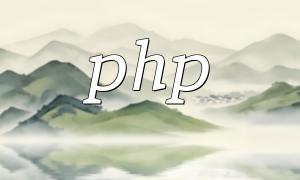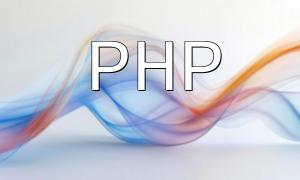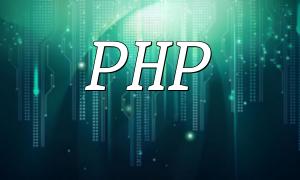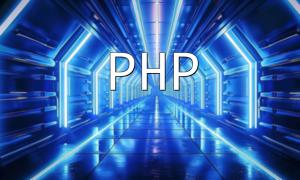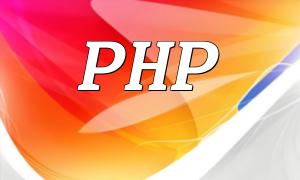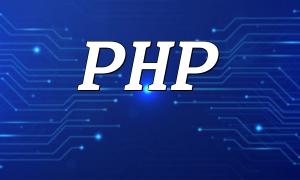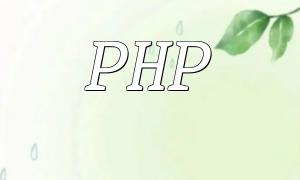PHP MVC architecture is one of the most widely used design patterns among developers. Mastering MVC requires continuous practice, from understanding core concepts to applying its advantages, gradually building maintainable and scalable applications. Through consistent learning, developers can enhance code quality and development efficiency while applying MVC principles effectively in their projects.
The MVC architecture consists of Model, View, and Controller:
The Model manages the application's data and business logic; the View is responsible for presenting data; the Controller coordinates interactions between the Model and the View.
// Model
class User_model extends CI_Model {
function get_users() {
return $this->db->get("users")->result();
}
}
// View
echo view("users", ["users" => $users]);
// Controller
class UserController extends CI_Controller {
function index() {
$this->load->model("User_model");
$data["users"] = $this->User_model->get_users();
$this->load->view("users", $data);
}
}
Mastering MVC architecture requires understanding not only basic concepts but also its advantages and limitations.
To elevate your MVC skills, it's important to understand some advanced concepts:
Mastering PHP MVC architecture is essential for developers. It provides a structured and flexible approach to developing maintainable, scalable, and testable applications. By understanding the fundamentals, advanced techniques, and higher-level concepts, developers can progress from beginners to MVC experts and deliver high-quality web development projects.


